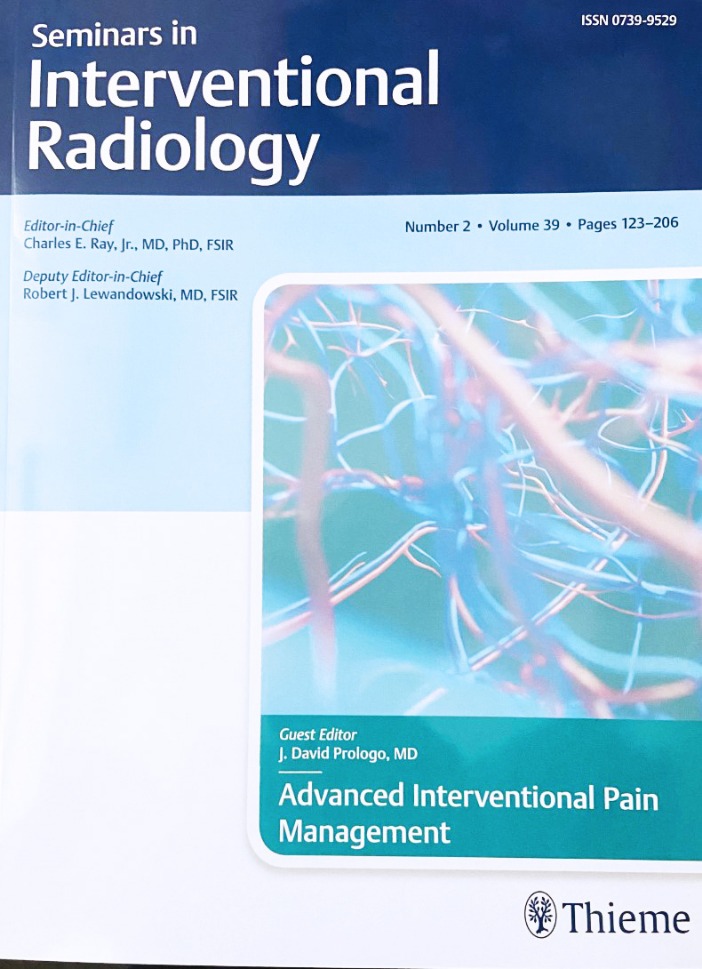What is Neuropathy?
Neuropathy refers to a range of conditions that cause damage to the peripheral nerves, leading to symptoms like pain, tingling, and numbness. These conditions can affect various parts of the body and can be classified based on the type of nerve damage observed.
Types of Neuropathy
- Diabetic Neuropathy: A common complication in diabetic patients, this form of neuropathy arises due to prolonged high blood sugar levels, leading to nerve damage, especially in the feet and hands.
- Small Fiber Neuropathy: This affects the small sensory cutaneous nerves, causing severe pain and burning sensations.
- Polyneuropathy: Involves damage to multiple peripheral nerves, causing widespread pain and functional deficits.
Symptoms of Neuropathy
The symptoms can vary depending on the type but often include:
- Burning or tingling sensations
- Muscle weakness
- Numbness in the hands and feet
- Extreme sensitivity to touch
Treatment Options
Managing neuropathy effectively requires a multi-faceted approach:
- Medications to relieve pain and manage symptoms
- Physical therapy to maintain function and reduce discomfort
- Specialized aids, such as Neuropathy Socks, designed to relieve symptoms and provide comfort
Neuropathy ICD10 Classification
For precise diagnosis and treatment planning, the ICD10 classification is used. The ICD10 code for neuropathy helps healthcare providers identify the specific type and cause, streamlining the treatment approach for conditions like small fiber neuropathy and diabetic neuropathy.
FAQs
What is the most common form of neuropathy in diabetics?
Diabetic neuropathy is the most common form, affecting up to 50% of individuals with diabetes.
How is small fiber neuropathy diagnosed?
It is diagnosed through clinical evaluations, skin biopsies, and specialized tests to assess nerve function.
Are there effective treatments for neuropathy?
Yes, treatments include medication, physical therapy, and supportive aids like neuropathy socks to manage symptoms effectively.



